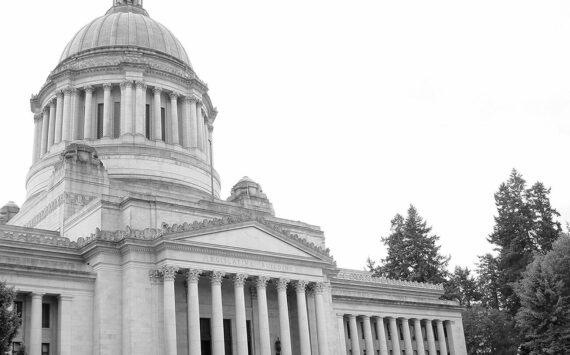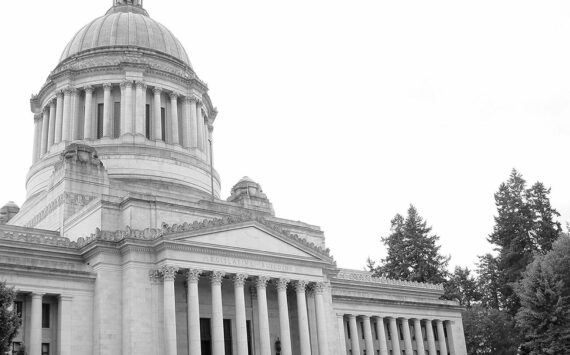The Washington Department of Ecology is providing nearly $1.4 million to help 12 Washington communities fund projects to prevent future damages from floods. During the 2009 legislative session, state lawmakers created a special account to help local towns, cities and counties fund targeted flood damage prevention activities. The Legislature directed the Dept. of Ecology to give priority to communities least able to fund flood mitigation projects and those projects most ready to proceed.
The cities and counties will use the money for various purposes such as acquiring flood-prone properties, install water-tight access lids to prevent stormwater infiltration into local sewer systems, and remove levees to improve flood protection and restore natural stream functions.
The Dept. of Ecology is giving awards for the following local projects:
— Orting (Pierce County) / $50,000 to prevent backflows from the outfalls draining to the Puyallup River;
— Wilkeson (Pierce County) / $150,000 to restore and stabilize stream banks along Wilson Creek;
— Yakima County / $220,000 to remove the Boise-Cascade levee and acquire the DelaPaz property which has suffered repeated flood damage;
— Lewis County / $200,000 to elevate homes in the Chehalis River floodplain;
— Skagit County / $200,000 to help pay for a flood-protection study for the Skagit basin;
— Sultan (Snohomish County) / $150,000 to acquire and demolish homes and structures that have suffered repetitive flood damage;
— Westport (Grays Harbor County) / $125,000 for a system-wide flood damage prevention project;
— Ellensburg (Kittitas County) / $80,000 to modify the Reecer Creek levee;
— Pullman (Whitman County) / $75,000 to improve the channel for Missouri Flat Creek;
— Connell (Franklin County) / $50,000 to clear sediment out of the Esquatzel-Coulee channel;
— Colville (Stevens County) / $25,000 to construct a stormwater retention facility at McDonald Park;
— East Wenatchee (Douglas County) / $25,000 for a culvert enhancement project located at Canyon A and Eastmont Avenue.
In all, 38 communities submitted applications for 41 projects worth $18 million. The department, however, only had $1.35 million for state assistance.




